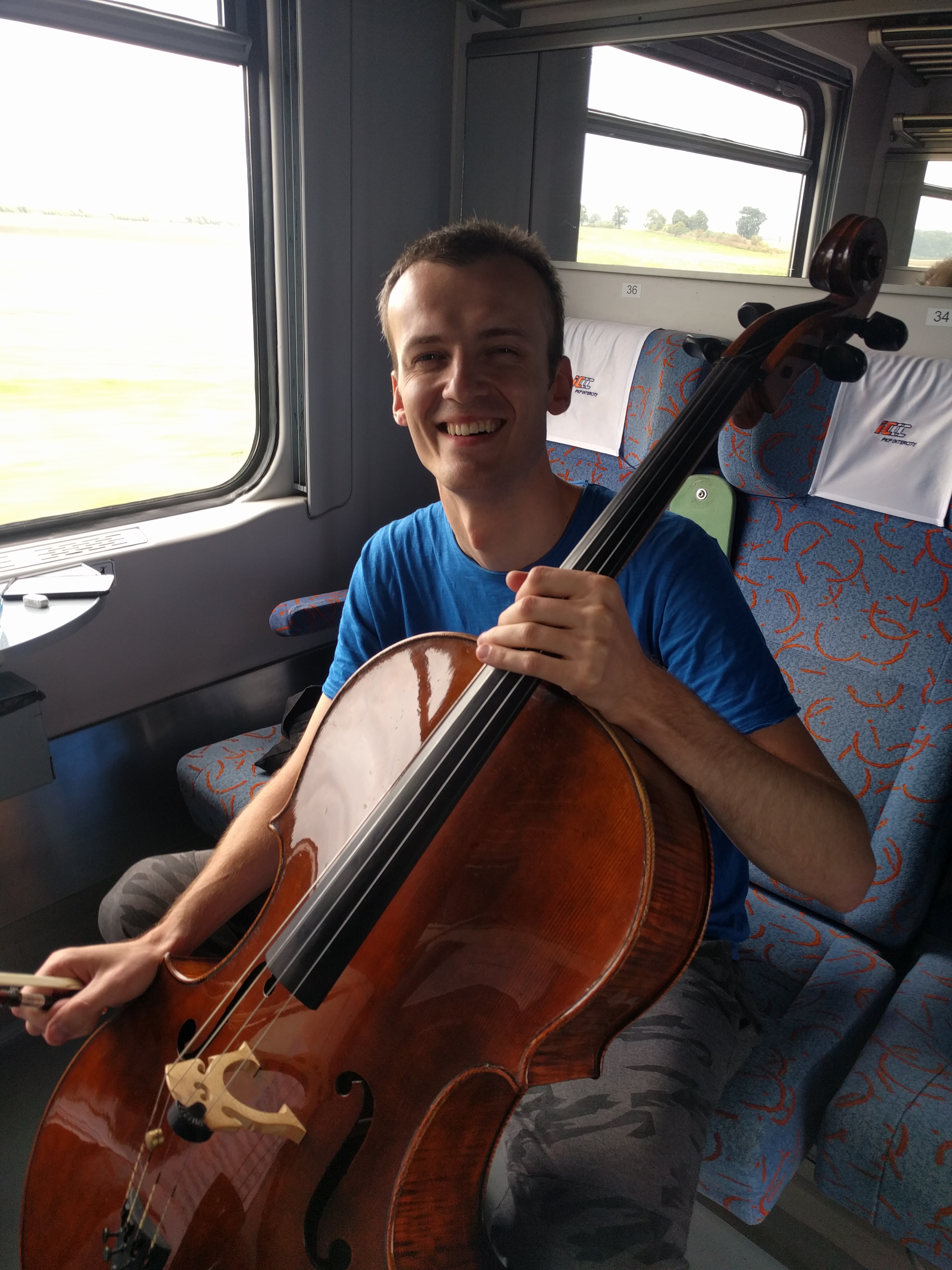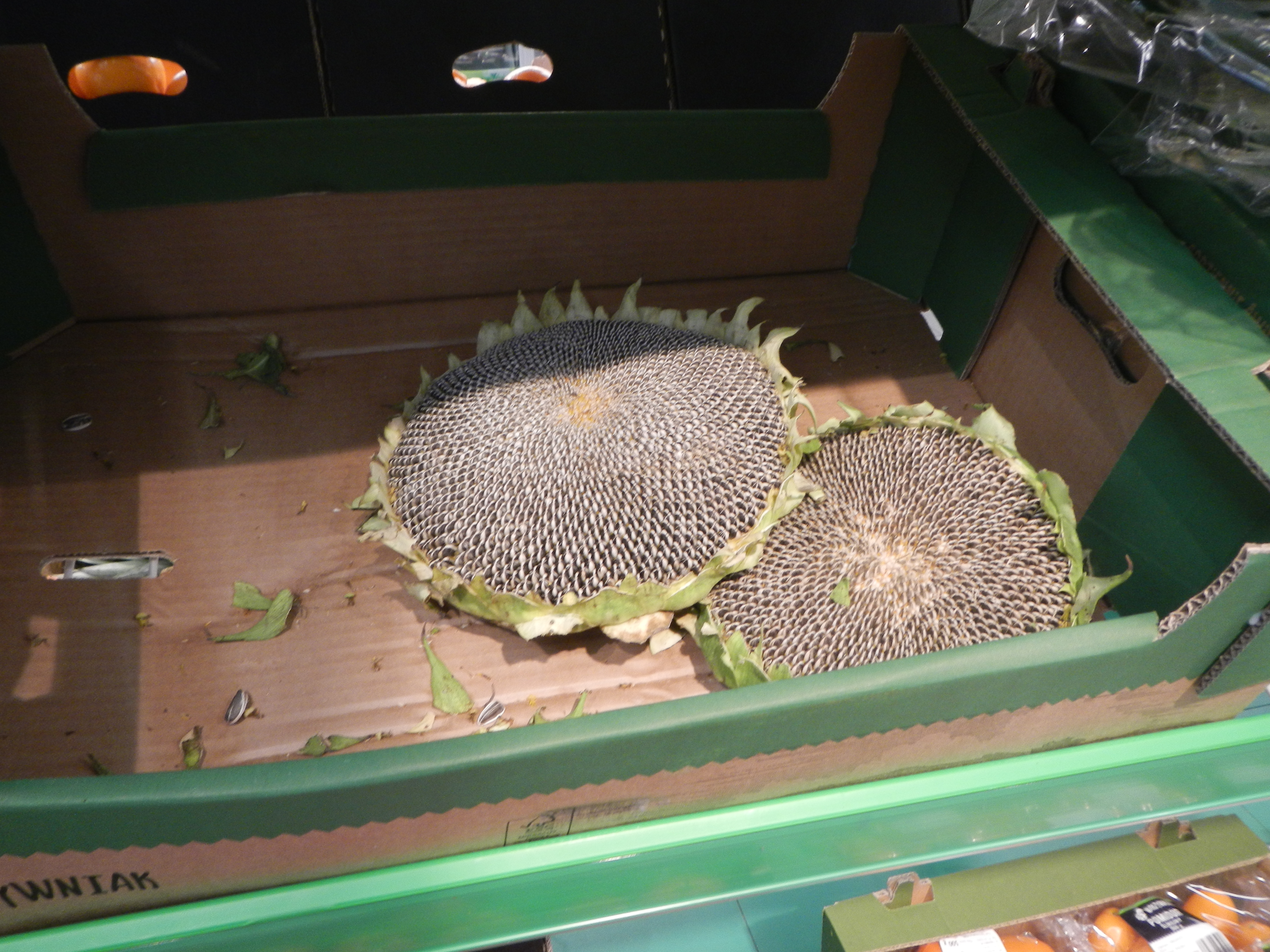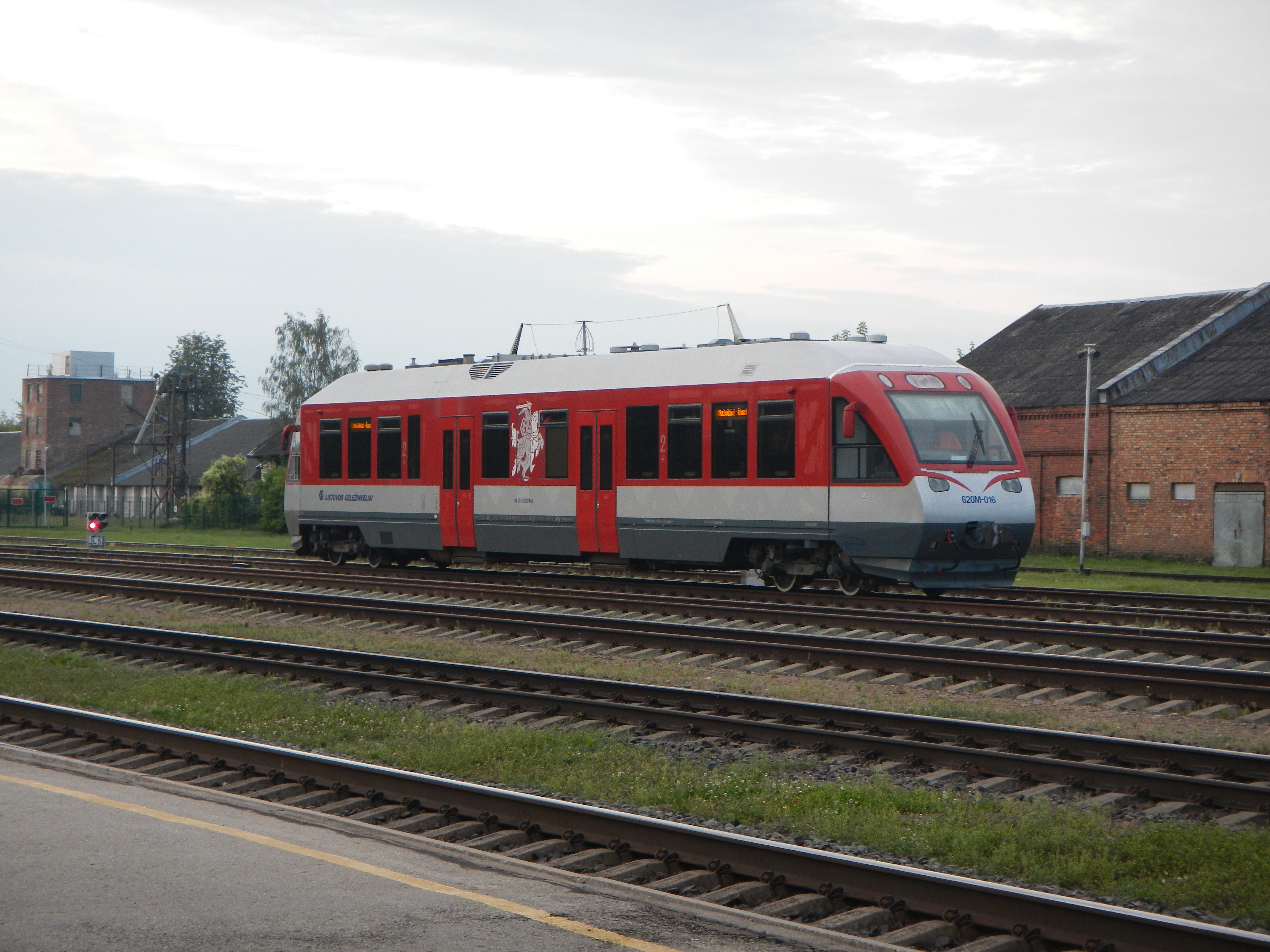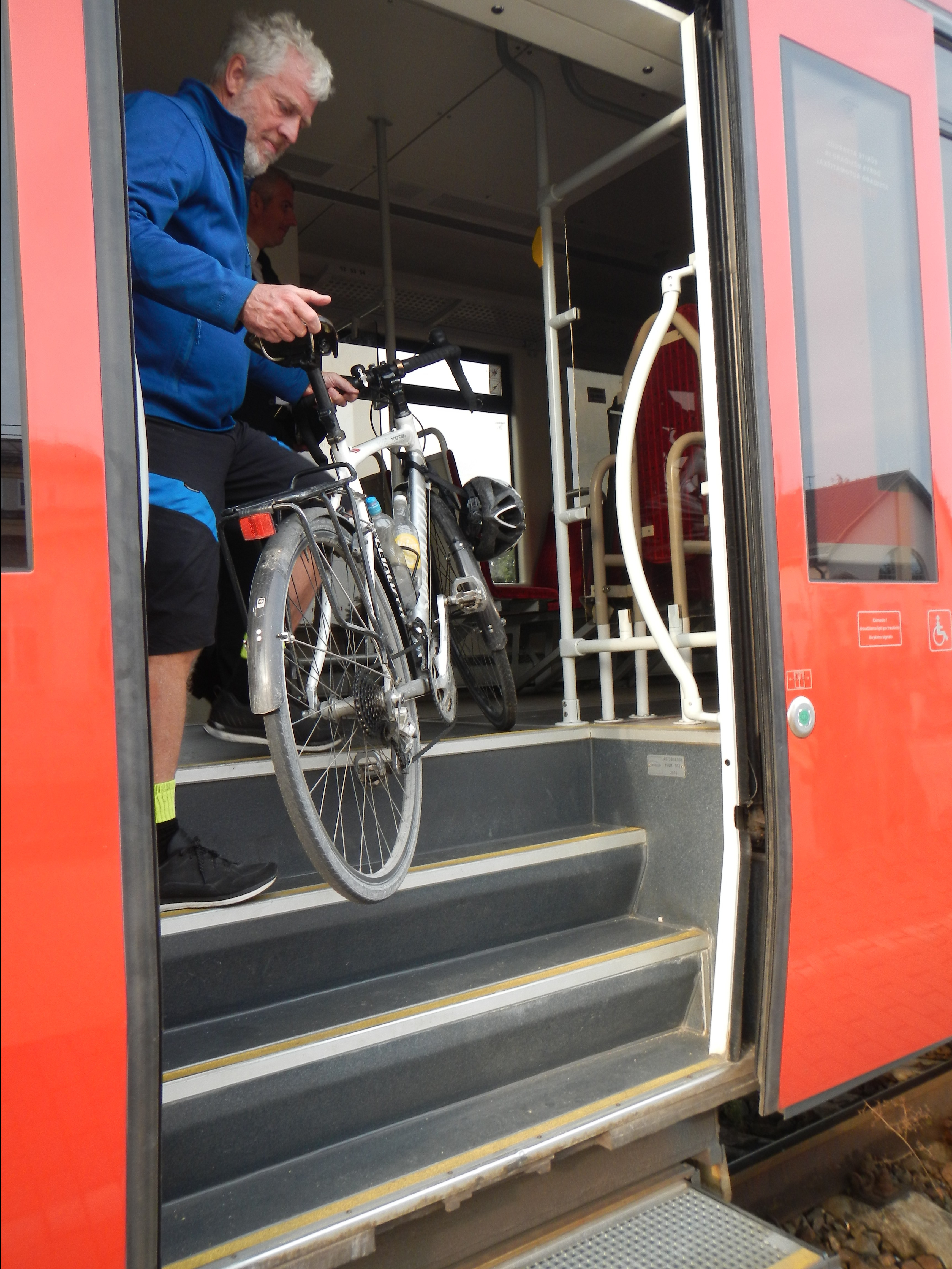We departed Strathalbyn at 7.30am in sunny weather with a blustery head wind. The commuters to Adelaide were hogging the road until we turned off towards Macclesfield where, according to the sign, we joined the Angas River Scenic Drive. The river is more picturesque upstream of Strathalbyn, but we didn’t see too much of it. Its headwaters are near Macclesfield – however the Angas River Scenic Drive continues all the way to Mylor and beyond, by which point you are in the Onkaparinga catchment.

It is a fairly steady uphill ride to Macclesfield, Echunga, Mylor and Stirling with a few flat sections and downhills. We crossed the Angas River on the way out of Strathalbyn, after which we remained on its true left bank. Early spring following a wet winter is a good time to be in the Adelaide Hills. Everything is green, dams are full and rivers and creeks are flowing.

A magpie had a go at swooping us but we toughed out that challenging situation. In Mylor we stopped for morning coffee and were greeted by a group of old codger cyclists who were riding past. Several of them had gone a bit crazy with the cable tie solution to the magpie threat. Hope it’s working for them!

Between Aldgate and Stirling we were passed in an unsafe way on double white lines by a number of motorists who could not be bothered to wait until there was a clear view of the road ahead – grrrr! We took the Bullock Track to Mount Osmond – last stretch on the gravel – before a nice fast ride down Hayward Drive and then home.































































































































